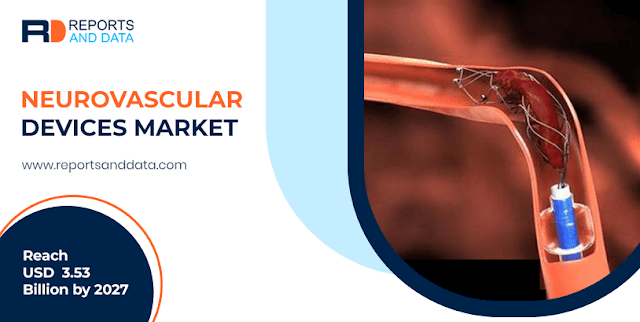According to the current analysis
of Reports and Data, the global Urinalysis
market was valued at USD 2,891 million in 2018 and is expected to
reach USD 5,194.6 million by the year 2026, at a CAGR of 7.5%. Urinalysis can
provide doctors and physicians with valuable information about patient’s health
status, including indications of renal, urological and liver disease, diabetes
mellitus, urinary tract infection (UTI) and general hydration. Urinalysis can
be used to screen for substances that would not usually be expected to be
present in urine, for example, glucose, leucocytes, nitrite and blood. If these
substances are present, further analysis of urine and/or blood may be required.
Although urinalysis is an effective screening tool, it should not be used in
isolation to guide treatment because false positives, for example, nitrites,
and false negatives, for example, glucose, can occur if the sample is
contaminated or left to stand for too long. Urinalysis is an effective
screening tool that can be used to detect systemic diseases and infections.
There are a variety of methods of collecting urine specimens and it is
essential to ensure that contamination is limited to reduce the potential for
inaccurate results. Reagent strips are a quick and easy method for testing
urine and can provide valuable information about a patient’s condition.
New technological advances have
paved the way for significant progress in automated urinalysis. Quantitative
reading of urinary test strips using reflectometry has become possible, while
complementary metal oxide semiconductor (CMOS) technology has enhanced
analytical sensitivity and shown promise in microalbuminuria testing.
Microscopy-based urine particle analysis has greatly progressed over the past
decades, enabling high throughput in clinical laboratories. Urinary flow
cytometry is an alternative for automated microscopy, and more thorough
analysis of flow cytometric data has enabled rapid differentiation of urinary
microorganisms. Integration of dilution parameters (e.g., creatinine, specific
gravity, and conductivity) in urine test strip readers and urine particle flow
cytometers enables correction for urinary dilution, which improves result
interpretation. Automated urinalysis can be used for urinary tract screening
and for diagnosing and monitoring a broad variety of nephrological and
urological conditions; newer applications show promising results for early
detection of urothelial cancer. Concomitantly, the introduction of
matrix-assisted laser desorption ionization-time-of-flight mass spectrometry
(MALDI-TOF MS) has enabled fast identification of urinary pathogens. Automation
and workflow simplification have led to mechanical integration of test strip
readers and particle analysis in urinalysis. Over the past two decades,
automated urinalysis has undergone remarkable technical progress. Both
microscopy- and flow cytometric-based instruments generate reliable results
that are clinically useful, and automated test strip reading provides added
value. Additional integration of existing technologies may further reduce
turn-around times.
Rising prevalence of kidney
diseases, implementation of PPACA (Patient Protection and Affordable Care Act),
and increase in geriatric population are factor propelling the growth of the
global urinalysis market. Integrated systems & urinalysis via smartphones
and technological advancement present opportunities are boosting the market
too. Increase in diabetes cases leads to increased sales of urinalysis
dipsticks, disposables, and devices across the globe. However implementation of
excise tax on some devices by the U.S. government, stringent regulatory
procedures, and the lack of adequate healthcare infrastructure in low-income
countries are factors hindering the growth of the market.
To identify the key trends in
the industry, click on the link below:






No comments:
Post a Comment